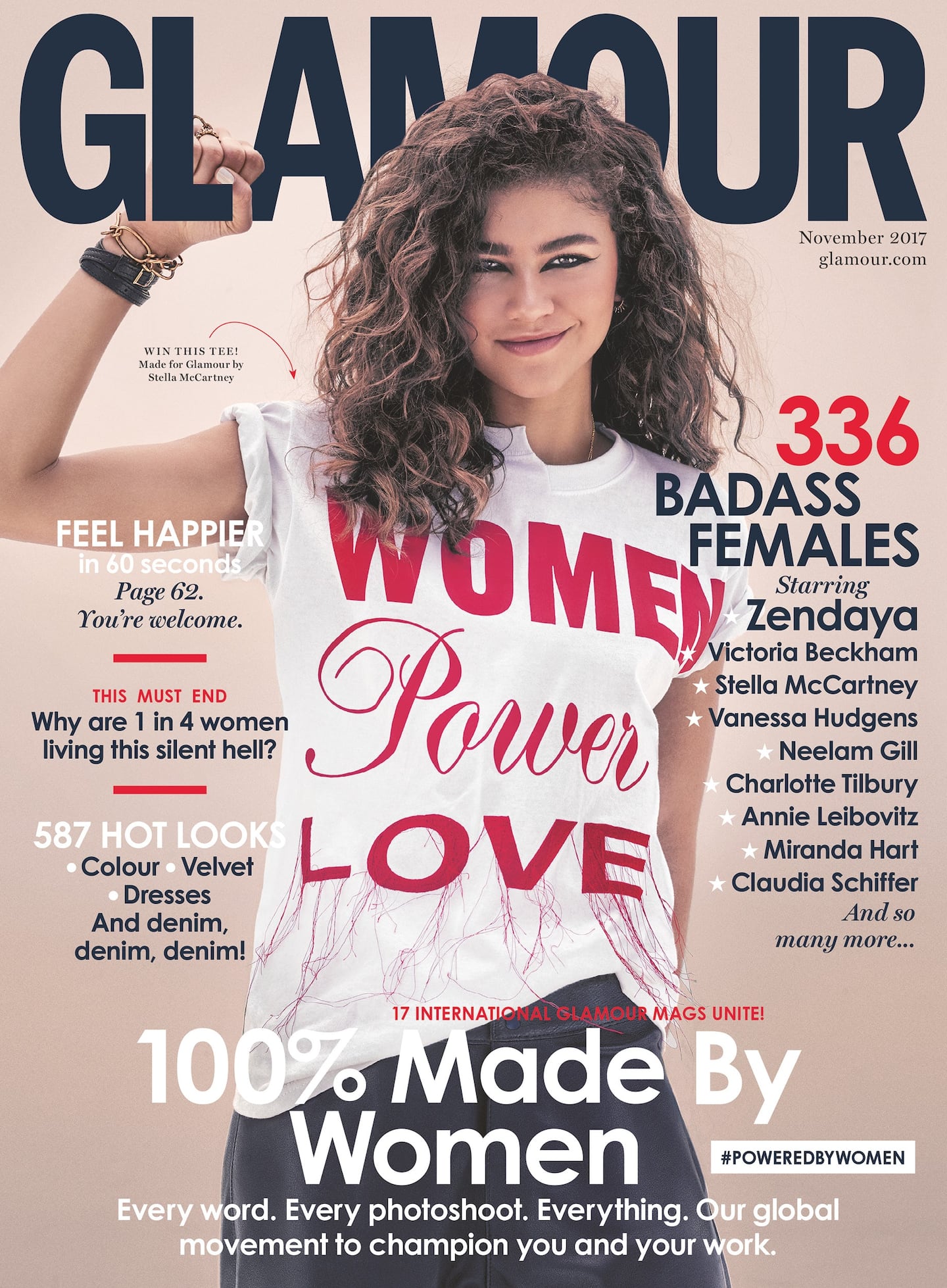
The Business of Fashion
Agenda-setting intelligence, analysis and advice for the global fashion community.

Agenda-setting intelligence, analysis and advice for the global fashion community.

LONDON, United Kingdom — The UK edition of Glamour is set to become a digital-first platform as of December 2017 as Condé Nast Britain announces the folding of its monthly print edition in favour of a biannual strategy.
Condé Nast has confirmed the editorial and commercial teams will be combined, resulting in a yet-to-be-determined number of job losses. It's an unprecedented move, given that magazines have typically kept some semblance of "church and state" between editorial (not paid) and commercial (paid).
Condé Nast did not comment on whether current editor-in-chief Jo Elvin would remain with the publication. It is likely current beauty director Alessandra Steinherr — who has 153,000 Instagram followers and who recently fronted a campaign for Garnier — will take on a bigger role.
The magazine — founded in 2001 — is the first of the publisher's UK women's titles to fold its monthly issue. (In the US, Self went digital in December and Teen Vogue went quarterly in November 2016.)
ADVERTISEMENT
The pivot follows a 2016 redesign of the magazine meant to freshen up the brand amidst falling advertising revenue and declining print sales. While the beauty industry is one of the last remaining sources of significant advertising revenue for print publications, brands continue to move more and more of their advertising spend online. The biannual print edition — pitched by Condé Nast as a "beauty bible" — will be the third twice-yearly magazine in its UK portfolio (alongside Love magazine and GQ Style).
In its new iteration, British Glamour will be “a multi-platform, mobile first brand, with social and events at its heart,” says publishing director Camilla Newman. “There is enormous potential for us to grow within this untapped space and to partner with brands who want innovative digital and live solutions.”
The publication hopes that branded content will form a major part of its revenue stream: the restructure follows research that found three quarters of Glamour’s readers — 2.6 million unique users online in May-June of this year — purchase beauty products recommended by the publication, while 83 percent of readers buy new beauty products every month.
“We will be empowering our advertisers with creative, collaborative and data-informed opportunities,” says Simon Gresham Jones, chief digital officer of Condé Nast Britain. Web traffic is up 31 percent year on year, while the publication engages over 5 million readers across social media platforms including Instagram, Facebook and Twitter. In comparison, Glamour’s paid-for print sales fell by 7.1 percent between January-June to just under 250,000, according to Audit Bureau of Circulations (ABC) figures.
Related Articles
[ Transforming Condé Nast's Problem Child Opens in new window ]
[ Condé Nast to Package Digital Ad Inventory With OthersOpens in new window ]
[ Beauty Brands Inch Away from Traditional AdvertisingOpens in new window ]
From analysis of the global fashion and beauty industries to career and personal advice, BoF’s founder and CEO, Imran Amed, will be answering your questions on Sunday, February 18, 2024 during London Fashion Week.
The State of Fashion 2024 breaks down the 10 themes that will define the industry in the year ahead.
Imran Amed reviews the most important fashion stories of the year and shares his predictions on what this means for the industry in 2024.
After three days of inspiring talks, guests closed out BoF’s gathering for big thinkers with a black tie gala followed by an intimate performance from Rita Ora — guest starring Billy Porter.